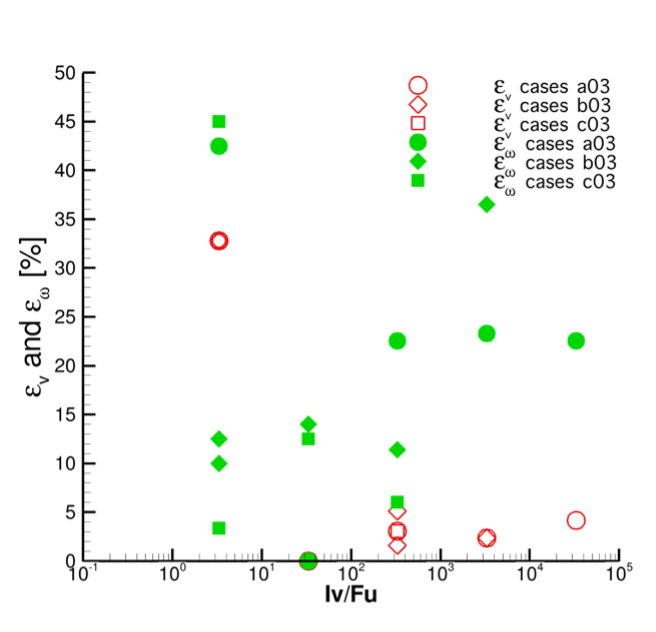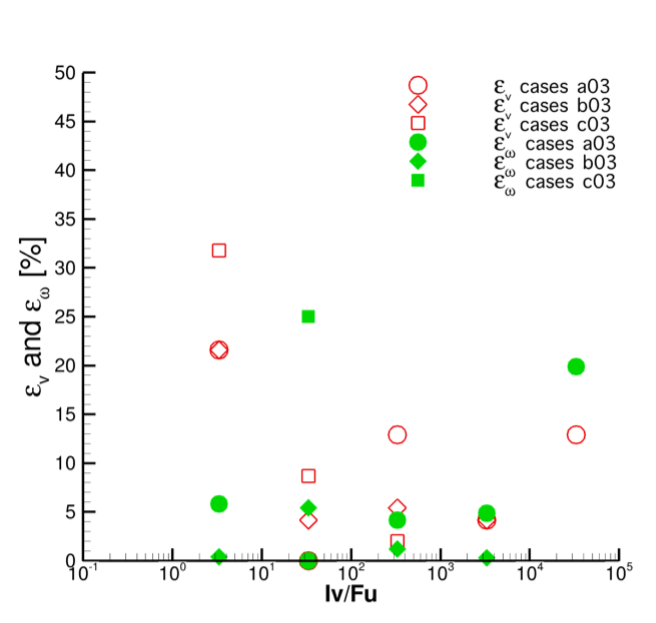On the similarity of rotational motion of dust particles in the inner atmosphere of comets
- 1National Institute for Astrophysics, Italy, Osservatorio Astronomico di Trieste, Trieste, Italy (stavro.ivanovski@inaf.it)
- 2LESIA, Observatoire de Paris, Universite PSL, Sorbonne Universite, Universite de Paris, 5 place Jules Janssen, 92195 Meudon, France
- 3Instituto de Astrofisica de Andalucia, CSIC, Glorieta de la Astronomia s/n, 18008 Granada, Spain
- 4Peter the Great St. Petersburg Polytechnic University, Polytechnicheskaya str., 29, St.Petersburg, 195251, Russia
- 5Università degli Studi di Napoli Parthenope, Dip. di Scienze e Tecnologie, CDN IC4, 80143 Naples, Italy
- 6INAF – Osservatorio Astronomico di Capodimonte, Salita Moiariello, 16, 80131, Napoli, Italy
- 7RFNC – All-Russian Scientific Research Institute of Experimental Physics, prospect Mira 37, 607188, Sarov, Russia
Introduction: In-situ measurements of individual dust grain parameters in the immediate vicinity of a cometary nucleus are being carried by the Rosetta spacecraft at comet 67P/Churyumov-Gerasimenko. For interpretation of these observational data, a model of dust grain motion as realistic as possible is requested. In particular, the results of Stardust mission and analysis of samples of interplanetary dust have shown that these particles are highly non-spherical. In many cases precise simulations of non-spherical grain’s dynamics is either impossible or computationally too expensive. In such situation it is proposed to use available experimental or numerical data obtained for other conditions and re-scale them considering similarity of the physical process. Here, we focus on the derivation of scaling laws of rotational motion applicable for any shape of particles. We use a set of universal, dimensionless parameters characterizing the dust motion in the inner cometary coma. The scaling relations for translational and rotational motion of dust grains in a cometary environment are proposed. The scaled values are compared with numerically computed ones in our previous works. This study was published in MNRAS this year.
The scientific objectives: In the present work we focus on the derivation of scaling laws of rotational motion applicable for any shape of particles. We use a set of universal, dimensionless parameters characterizing the dust motion in the inner cometary coma. This approach was proposed in [1] and successfully applied in [2] to the dynamics of spherical grains. Here we extend this approach on the translational and rotational motion of non-spherical particles. Our approach allows to reduce the number of parameters for analysis, to reveal similarities of the dust flows and to re-scale the available numerical solutions.
The Model: We assume that the dusty-gas coma is formed by the gas sublimating from the nucleus (from the surface and/or from the interior) and solid particles (mineral or/and icy) released from the nucleus and entrained by the gas flow. It is assumed that the dusty-gas flow is coupled in one way only – the gas drags the dust (i.e. the presence of dust in the coma does not affect the gas motion), and that the dust particles do not collide with each other. The dust particles are assumed to be isothermal, internally homogeneous with invariable size and mass.
Results: We have derived scaling for the terminal dust velocity and rotational frequency, i.e. the velocity and rotational frequency that a dust grain has after decoupling with the gas flow. As was derived from observational, the dust acceleration limited within six nuclear radii for a broad range of particle sizes [3]. The numerical studies (e.g. [1], [2]) also show that gas and dust decoupling occurs within the first ten radii of the nucleus.
To verify the scaling relations, we use the numerically computed data for ellipsoids of revolution with different aspect ratios considered in [4], and for irregularly shaped particles considered in [5]. The gas coma was approximated by a spherically symmetric expanding gas (pure 𝐻2𝑂) flow. Using the two groups of results, we summarize the corresponding scaling precision ε (the relative difference of scaled and numerically computed values) in Fig. 1. We note that in the cases of prolate spheroids high gas production rate and small particles lead to better precision in scaling for the velocity than for the rotation. Nevertheless, the rotation precision is within maximum 40%. In the cases of oblate spheroid (Fig. 2) an increase in the gas production rate produces better precision in scaling for the velocity than for the rotation. Furthermore, in case of large particles we have an opposite trend, less precision in velocity scaling and better one for rotation.

Fig. 1. Scaling precision of the velocity and the rotation for the prolate cases in Table 1[6].

Fig. 2. Scaling precision of the velocity and the rotation for the prolate cases in Table 2 [6].
To estimate the precision of the scaling with respect to the shape irregularity we have calculated the dispersion of the moments of inertia of the considered shapes. The dispersion was calculated as a standard deviation of the three moments of inertia of a given shape divided on their mean value. The purpose of this estimation is that the dispersion calculated in this way is dimensionless and can be easily used for comparison in all available cases. The general trend is: the higher the dispersion is, the better the scaling is. The only deviation from this observation is the case of a prolate spheroid the rotational motion is happening only in one plane as discussed in [4]. The scaling works better for more irregular shapes. The shapes with a smaller dispersion can easily and often change their axis of rotation that results in more complex rotational motion, i.e. seems more difficult to be precisely obtained by scaling.
Conclusions: We derived scaling laws of rotational motion applicable for any shape of particles. We use a set of universal, dimensionless parameters characterizing the dust motion in the inner cometary coma. Based on the dimensionless description of the translational and rotational motion of dust particles we derived scaling relations for the terminal velocity and rotational frequency of non-spherical grains. Having one numerically computed “reference case” one can get order of magnitude estimation for other cases via simple scaling. This allows avoiding long time and huge electric power consumption numerical simulations.
Acknowledgements: This research was supported by the Italian Space Agency (ASI) within the ASI-INAF agreements I/032/05/0, I/024/12/0, 2020-4- HH.0 and N. 2023-14-HH.0. The work of N.Y.Bykov and A.V.Rodionov was supported by the Russian Science Foundation (grant No. 24-12-00299). This work was supported by the International Space Science Institute (ISSI) through the ISSI International Team ‘Characterization of cometary activity of 67P/Churyumov–Gerasimenko comet’.
References: [1] Zakharov V. et al. 2018, Icarus; [2] Zakharov V. et al. 2021, Icarus; [3] Gerig, S.-B. et al. 2018, Icarus, [4] Ivanovski S. et al. 2017, Icarus; [5] Moreno F. et al. 2022, MNRAS; [6] Ivanovski et al. 2024, MNRAS;
How to cite: Ivanovski, S. L., Zakharov, V., Moreno, F., Bykov, N., Munoz, O., Fulle, M., Rotundi, A., Della Corte, V., and Rodionov, A.: On the similarity of rotational motion of dust particles in the inner atmosphere of comets , Europlanet Science Congress 2024, Berlin, Germany, 8–13 Sep 2024, EPSC2024-1161, https://doi.org/10.5194/epsc2024-1161, 2024.